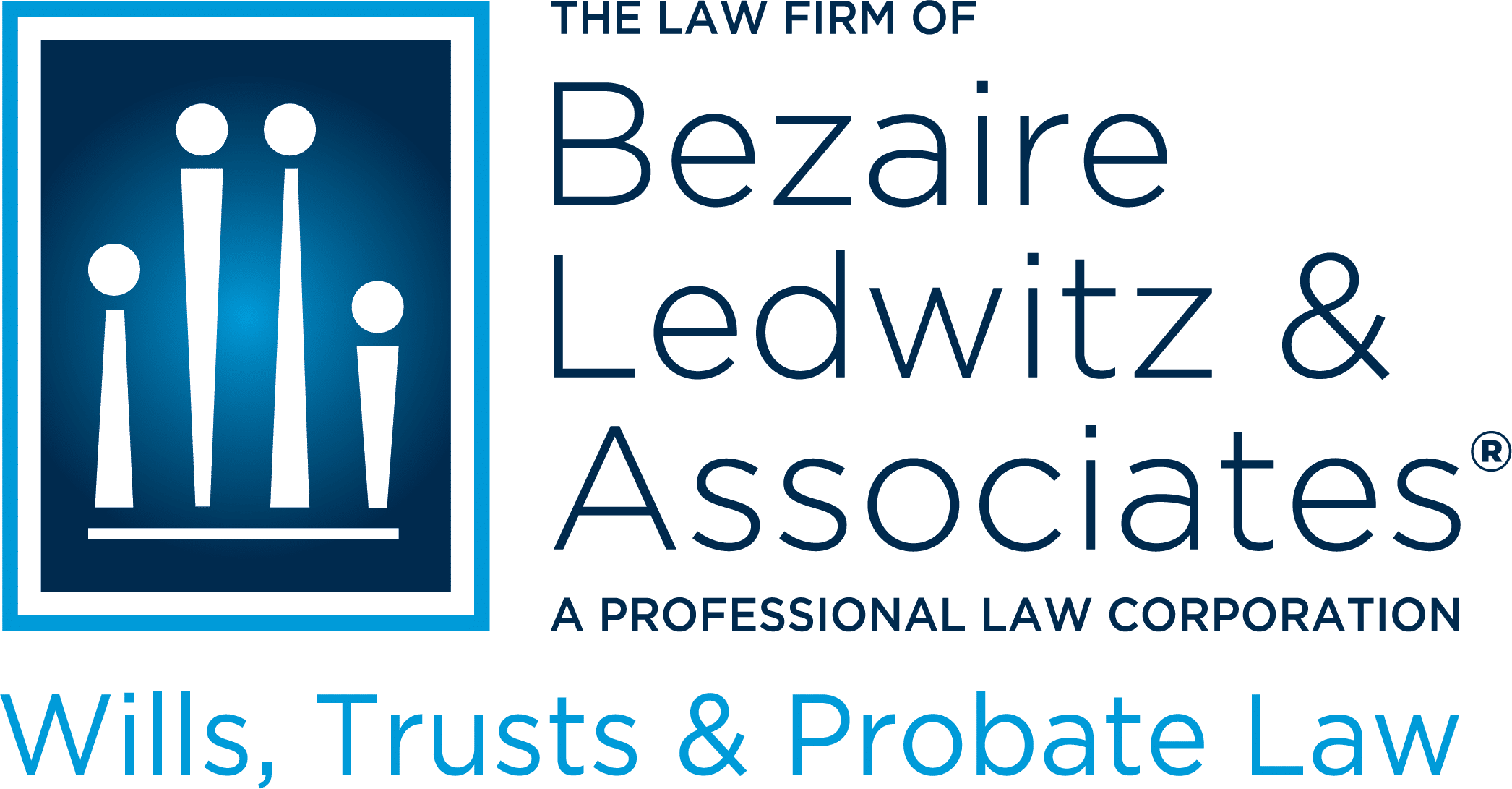Living Trusts
Estate Planning News – April 14th, 2014
In this week’s inaugural edition of Estate Planning News, our firm has selected some helpful articles from around the web that cover problems commonly encountered by clients during the Estate Planning process: so our readers won’t make them! In an article from CNBC, authors highlight mistakes Estate Planning clients frequently make. The problems discussed occur all too often, as clients consistently regard Estate Planning as a “one-time” action rather than the lifelong process it ought to be. This is great reading for people who have not reviewed their estate plan recently. Along similar lines, Professor Gerry Beyer of Wills, Trusts & Estates Prof Blog identifies the “Ostrich Syndrome” associated with Estate Planning, where clients do not want to begin the process because it is difficult to confront the questions associated with drafting a comprehensive plan. We wholeheartedly agree with him that this creates more problems than it solves. The article about an Estate Planning checklist is a good place for people overcoming the aforementioned “Ostrich Syndrome” to start when they realize they need a plan. It can be overwhelming to consider all of the steps that need to be taken when planning for the future, and having an easy-to-understand list of potential considerations is a big help. Finally, we conclude this week’s Estate Planning News with an interesting piece about digital assets and estate planning. In an age increasingly dependent on intangible assets and cloud technology, considering things like email accounts, subscriptions, and other digital property are often an afterthought when it comes to Estate Planning. Avoid the top 5 estate-planning blunders – CNBC.com CNBC.com Avoid the top 5 estate-planning blunders...“Why Do I Need an Estate Planning Attorney?” To Avoid a Do-it-Yourself Disaster!
Our firm frequently comes into contact with prospective clients who want to know why they should pay attorneys’ fees for an Estate Plan when they can produce “the same product,” for a fraction of the cost, by filling out a form online. Unfortunately, the pitfalls of being a DIY Estate Plan owner are common, as evidenced by a story in this month’s ABA Journal. In the article, Ann Aldrich used an “E-Z Form” to create a will which left all of her property to her sister, and then to her brother if her sister had already passed away. It seems simple enough, doesn’t it? The client had simple wishes—why should she pay an attorney to memorialize something that only amounts to two lines of text? The answer is that even if the wishes are simple, drafting a document to ensure those wishes are followed can be complex. Ms. Aldrich didn’t know that a will should include a residuary clause, which directs how assets not specifically named in the will should be handled. Because the E-Z Form that Ms. Aldrich used did not contain this clause, a considerable amount of property was subject to disposition by the provisions of the law: not Ms. Aldrich’s wishes. When property isn’t mentioned in a will, it is disposed of according to the legal rules of intestacy applicable to that state, treating it as if Ms. Aldrich didn’t have a will at all when it comes to that property. The end result of this oversight was that the daughters of one of Ms. Aldrich’s brothers (who was long dead by the time of her...FREE SEMINAR Wednesday , April 9, 2014 at 2:00 – WANT TO KNOW MORE ABOUT SUCCESSOR TRUSTEE DUTIES?
Estate Planning For Your Children – It’s Not Just About The Money
Most people near the age of majority do not have large estates (money or property) and many families assume that this means an estate plan is completely unnecessary. This is simply not true. A comprehensive estate plan does much more than protecting property from probate and directing the disposition of assets—estate plans also tell medical and financial institutions who is authorized to make decisions on your behalf. Without current, effective documents, these institutions may refuse to release medical information and will likely not allow family members to make healthcare decisions.
